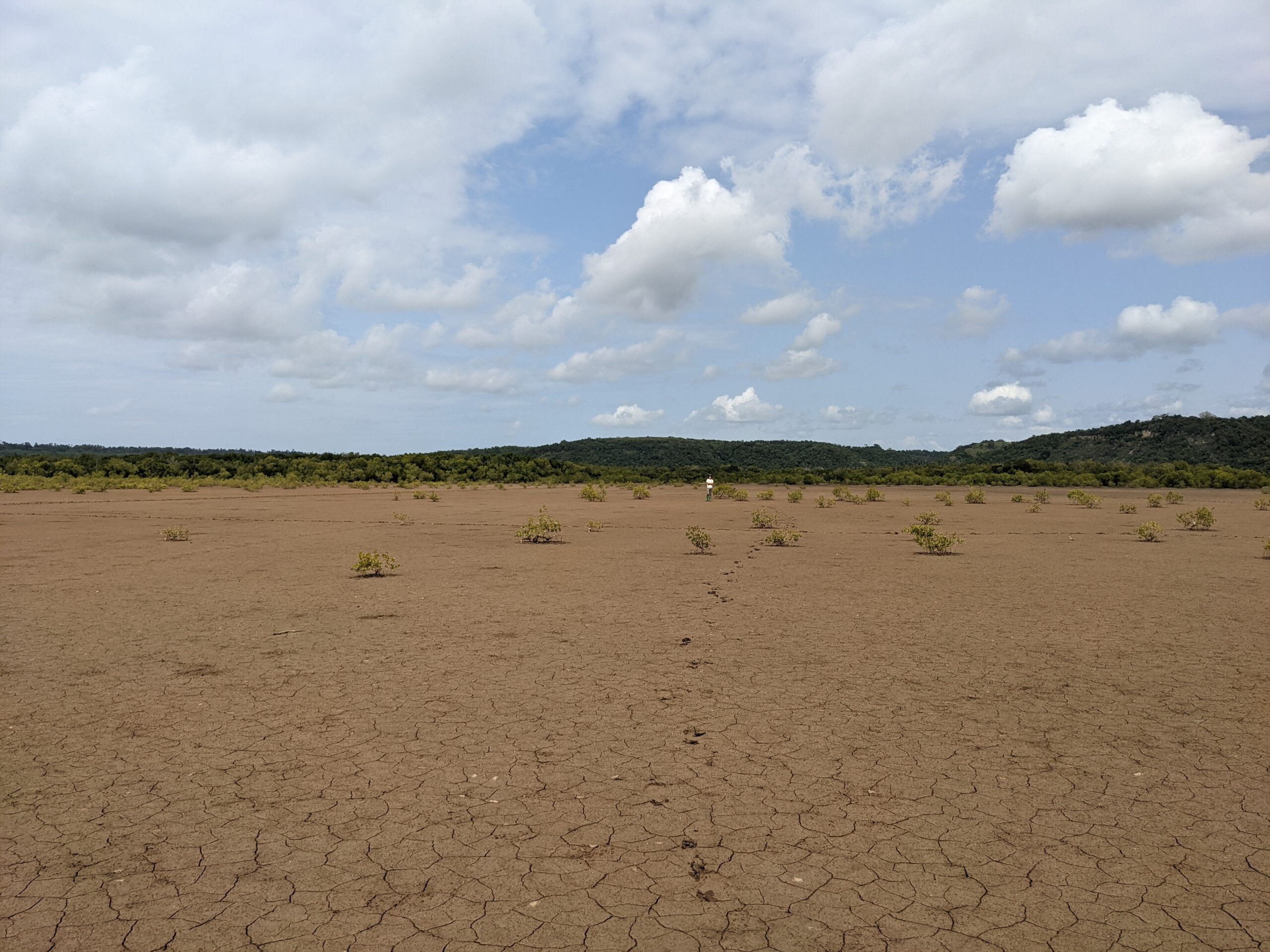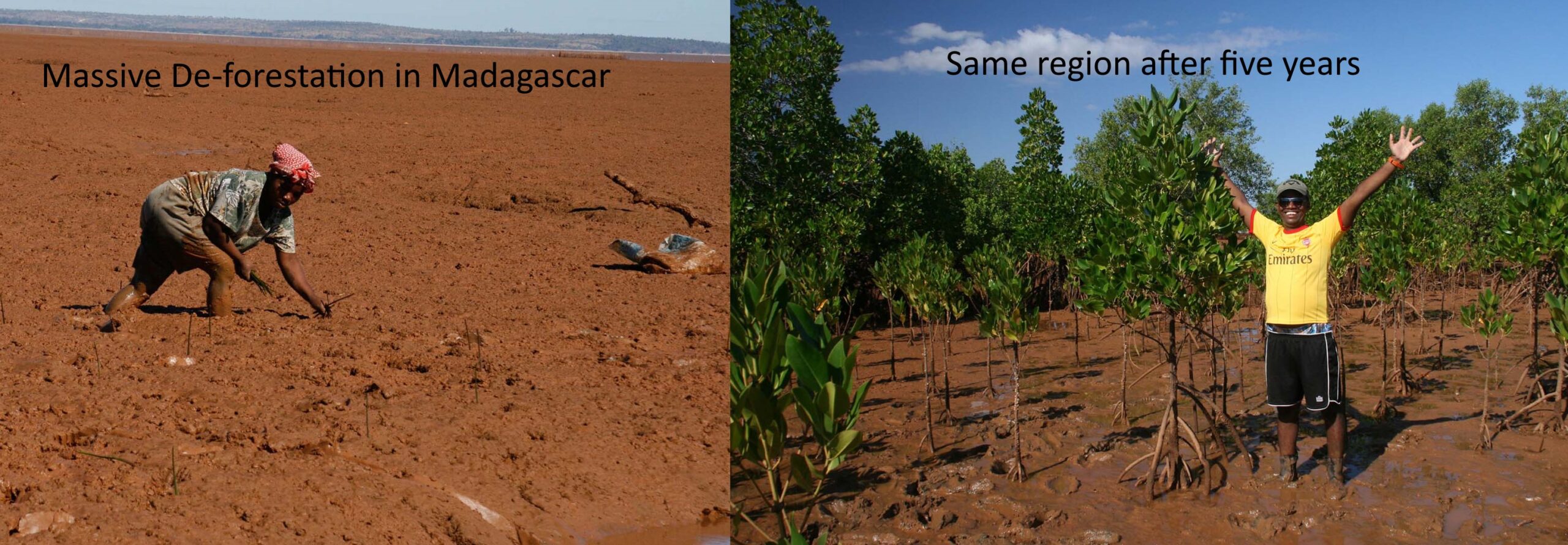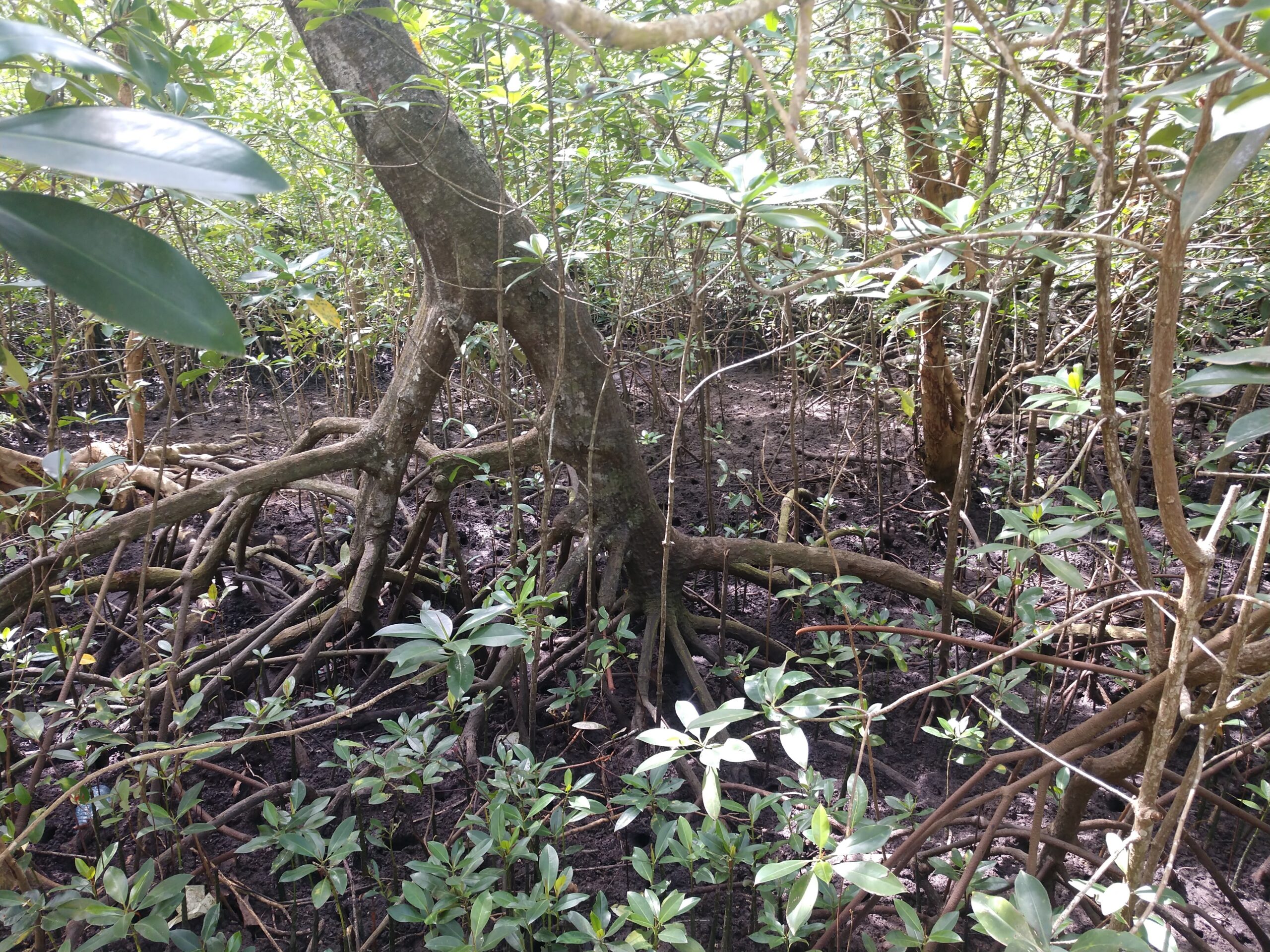400,000 Mangroves to Start
Mangroves are some of the most important trees in the world, and we’re thrilled to announce a new project that will result in billions of them being replanted in the coming years.
Working with our Tanzania-based tree-planting partner, The Friends of Usambara Society (FUS), ForestPlanet intends to replant 8 billion mangrove trees as part of our East Africa Mangrove Restoration Project. Planting sites will stretch from southern Somalia through Kenya, Tanzania, Mozambique, and into northeastern South Africa.
Thanks to a generous grant from the Palmer Foundation, and with support from our business partners, ForestPlanet is kicking off this project by planting 400,000 mangrove trees. The first planting site is near the small fishing village of Pangani, situated on the Indian Ocean coast at the mouth of the Pangani River. Five million trees need to be restored in this small area alone, so much more work needs to be done.
The area around Pangani is home to millions of healthy trees, but encroachment and climate change have taken their toll. Many trees were removed to be used as lumber for home construction. This wood is desirable for home construction since termites don’t degrade wood fibers when salt is present.
There are ten main ‘bare’ spots in the region, and their outlines can be seen via satellite:

This is what these bare spots look like at ground level:

One of many ‘Bare Spots’ in East Africa where mangroves will be reintroduced
A rigorous local education program will take place in connection with the tree restoration project. Mangroves are resilient, and it’s not a problem if trees are selectively harvested in a managed fashion. As long as the soil stays hydrated and resilient, these species of trees can bounce back quickly at a very high survivability rate.
As for the soil, note the cracks in the photo above. Due to abnormally higher temperatures over the past few decades, even small amounts of naturally occurring clay can get baked into a hard surface. This type of surface makes the natural regeneration process extremely difficult, so much so that human intervention is required to jump-start the restoration process.
More than 50 people from the ancient fishing village of Pangani will be employed to plant the initial 400,000 trees. Work will start in June 2023 and should be completed within a few weeks. Hundreds more people will be employed in crab-farming and bee-keeping operations, made possible by the presence of these new trees.
The impacted animal populations include reptiles, monkeys, birds, and a wide variety of native crab, fish, and shrimp species. Creating healthy ecosystems for wildlife protects the region’s biodiversity, supports the regional fishing industry, and reduces the risk of virus transfer from animals to humans.
The good news is that these species of trees can bounce back quickly when projects are managed properly. For example, the photos below were taken just five years apart.

Photo credit: Eden Reforestation Projects
Mangroves play a critical role in marine- and land-based habitat health, sequestering more atmospheric carbon than any other tree species. ForestPlanet will replace these trees annually, one planting site at a time, until our overall goal of 8 billion trees is met.

Healthy mangroves, planted anywhere, help save the world!
